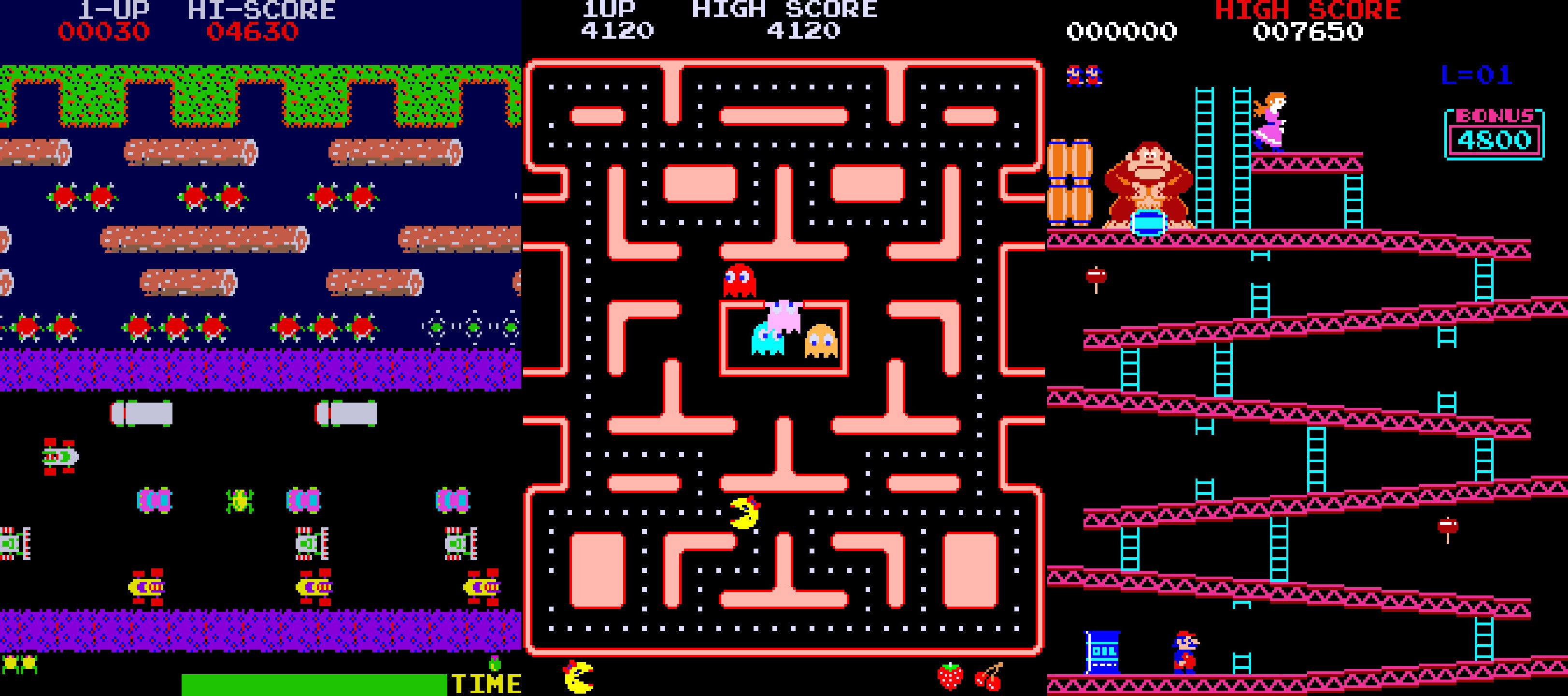Introduction
Arcade games have shaped the gaming industry and pop culture, creating unforgettable memories for players of all ages. Emerging in the late 1970s and thriving through the 1980s, arcades represented a technological leap in interactive entertainment. They introduced groundbreaking gameplay mechanics, immersive soundtracks, and competitive leaderboards that transformed gaming into a social experience. From pixel-perfect gameplay to competitive challenges, arcades have stood the test of time as the birthplace of modern gaming. This list highlights the Top 10 Arcade Games of All Time, celebrating their impact, innovation, and lasting appeal.
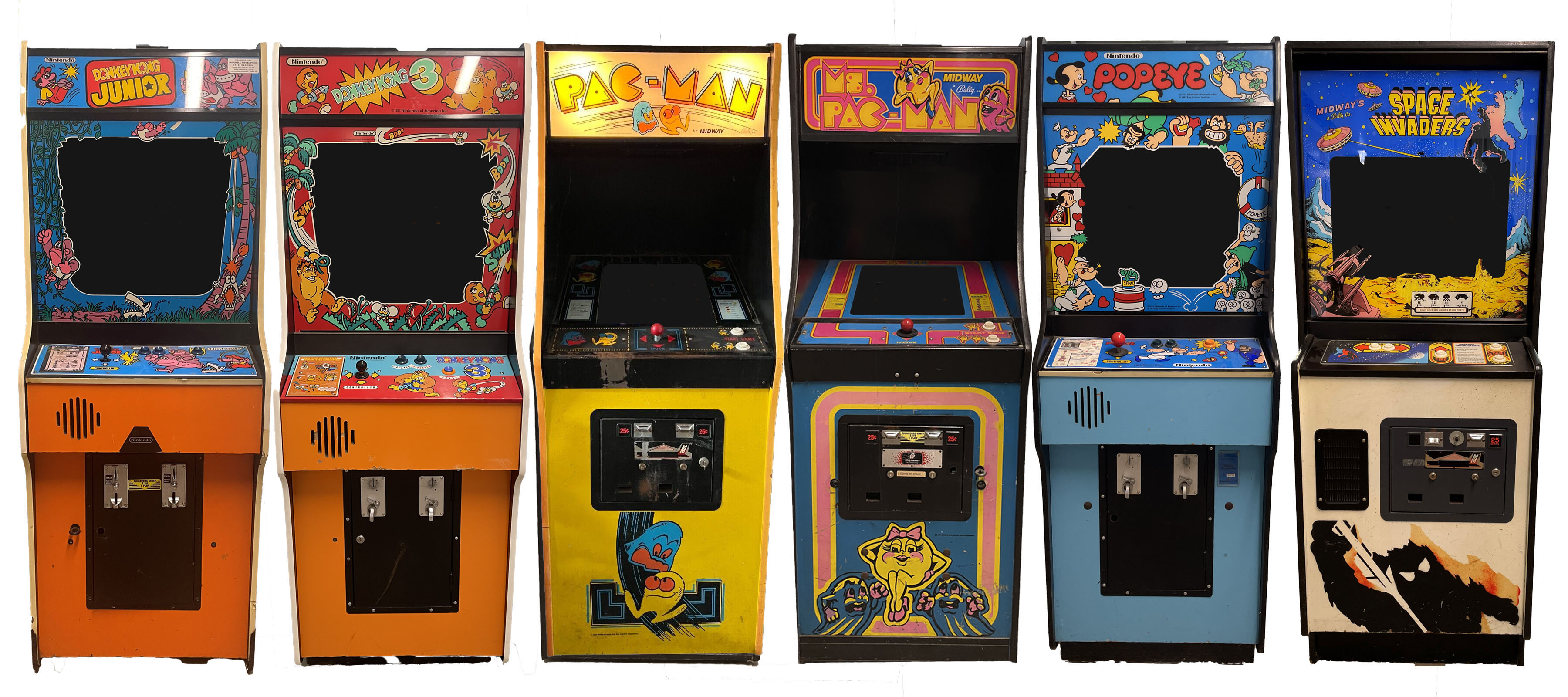
10. Teenage Mutant Ninja Turtles (Konami, 1989): Heroes in a Half Shell
Teenage Mutant Ninja Turtles, released by Konami, is a side-scrolling beat 'em up that lets players control their favorite turtles—Leonardo, Michelangelo, Donatello, and Raphael. Known for its cooperative gameplay and exciting action, this game captured the essence of the popular TV series and remains a fan favorite. Its engaging multiplayer mode allowed friends to team up and battle iconic villains like Shredder and Krang, making it a go-to choice for groups.

9. Defender (Williams, 1980): Intense Defender of Humanity
Developed by Williams Electronics, Defender revolutionized arcade shooters with its side-scrolling gameplay and complex controls. Players defend humans from alien abductors while navigating a fast-paced and challenging environment. Its innovative design, featuring a radar map and multidirectional shooting, set new standards for arcade games and made it a must-play for hardcore gamers.
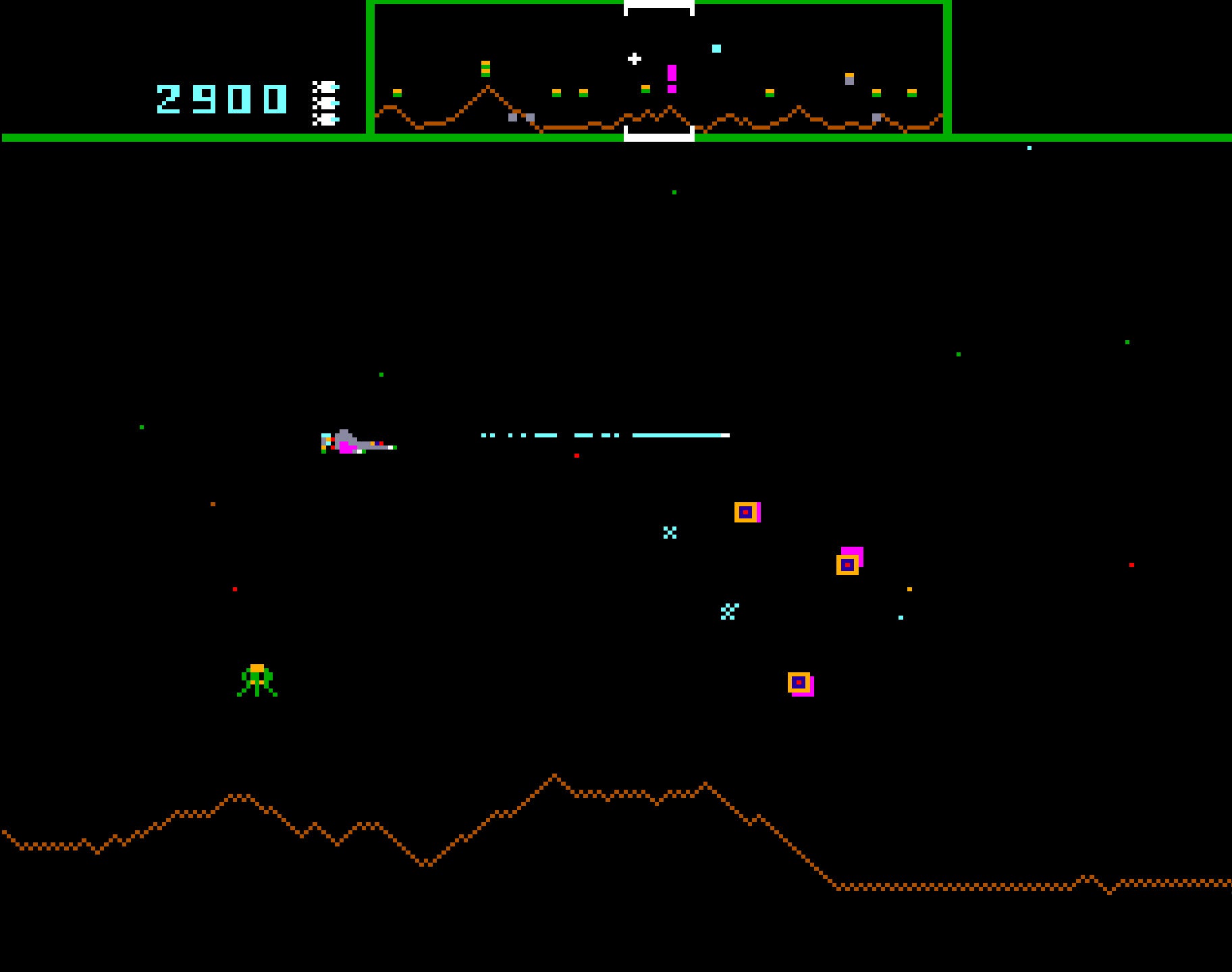
8. Ms. Pac-Man (Midway, 1982): Adding a Feminine Touch
A follow-up to the iconic Pac-Man, Ms. Pac-Man introduced new mazes, smarter ghosts, and improved gameplay. Developed by Midway, it quickly became one of the best-selling arcade games and a symbol of arcade culture, appealing to players of all skill levels. Its introduction of multiple maze designs added replay value and made it a standout sequel that surpassed even its predecessor in popularity.
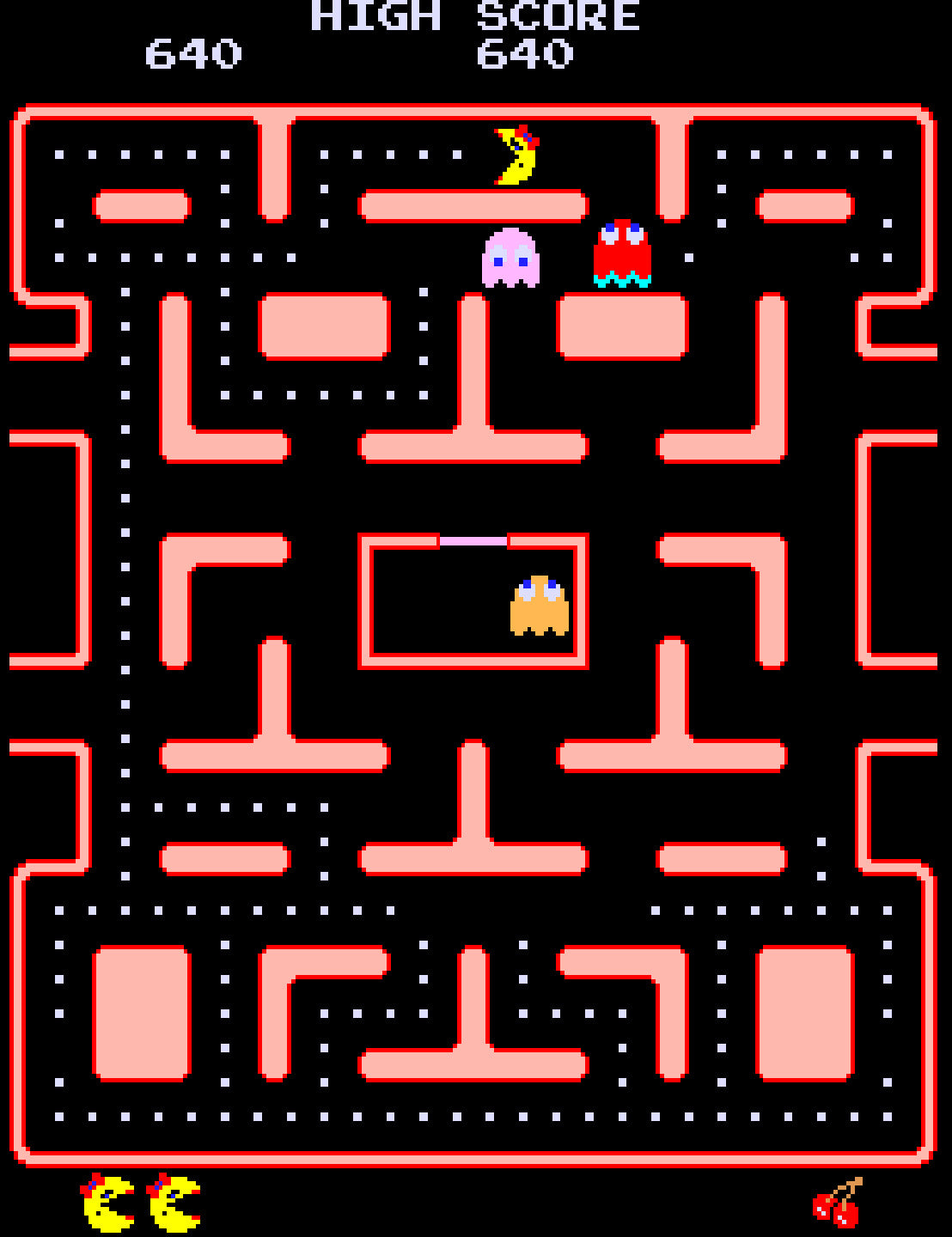
7. Asteroids (Atari, 1979): Exploring the Cosmos
Released by Atari, Asteroids is a space-themed shooter where players destroy incoming asteroids and flying saucers. Its vector graphics and simple yet addictive gameplay helped define the golden age of arcades, making it a timeless classic. The game’s infinite loop design and difficulty scaling kept players coming back for more, while its rotating spaceship controls offered a new level of precision and challenge.
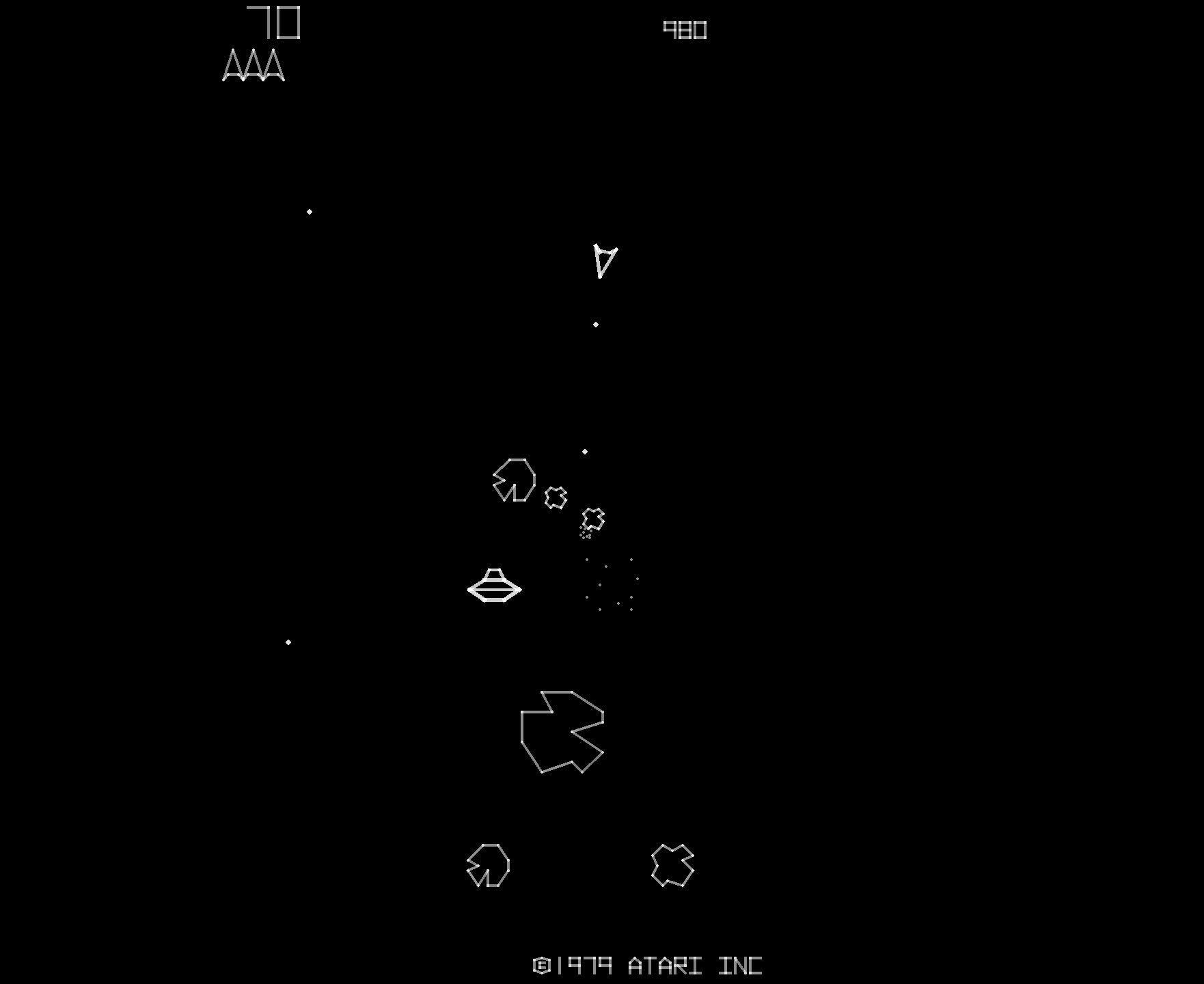
6. Centipede (Atari, 1980): Shooting for High Scores
Centipede, also by Atari, is a fast-paced shooter that blends strategy and reflexes. Players use a trackball to shoot down centipedes and other enemies, creating intense gameplay that appealed to a broad audience. Its combination of speed, strategic movement, and colorful visuals made it one of the first arcade games to attract a large female audience, broadening the appeal of arcades.
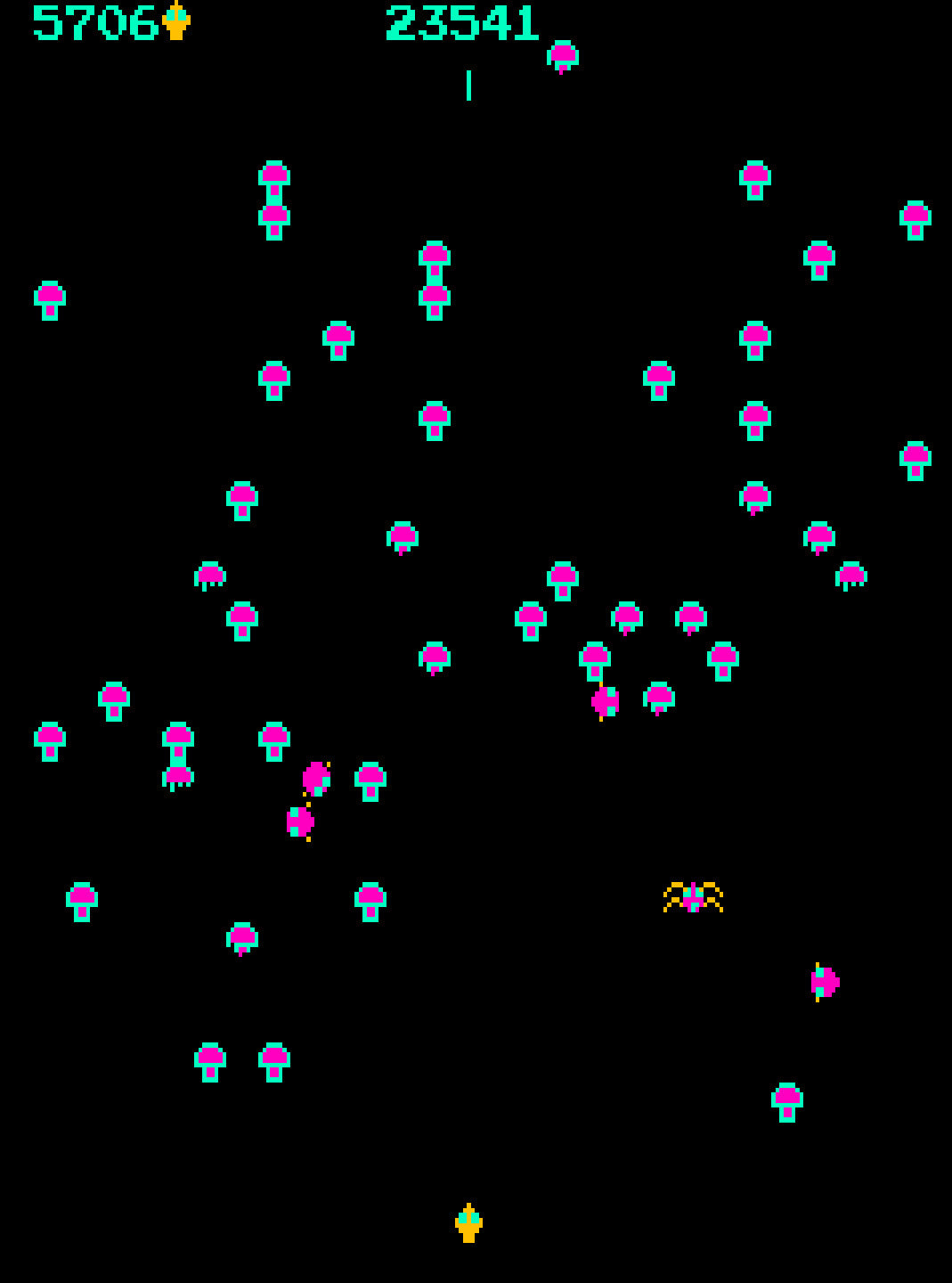
5. Street Fighter II (Capcom, 1991): The Birth of the Fighting Game Genre
Street Fighter II, developed by Capcom, transformed the fighting game genre with its combo-based gameplay and diverse roster of characters. It sparked competitive gaming tournaments and became a cultural phenomenon, influencing countless games that followed. Its deep mechanics, competitive strategy, and iconic moves like Hadouken and Shoryuken cemented it as the definitive fighting game of its era.
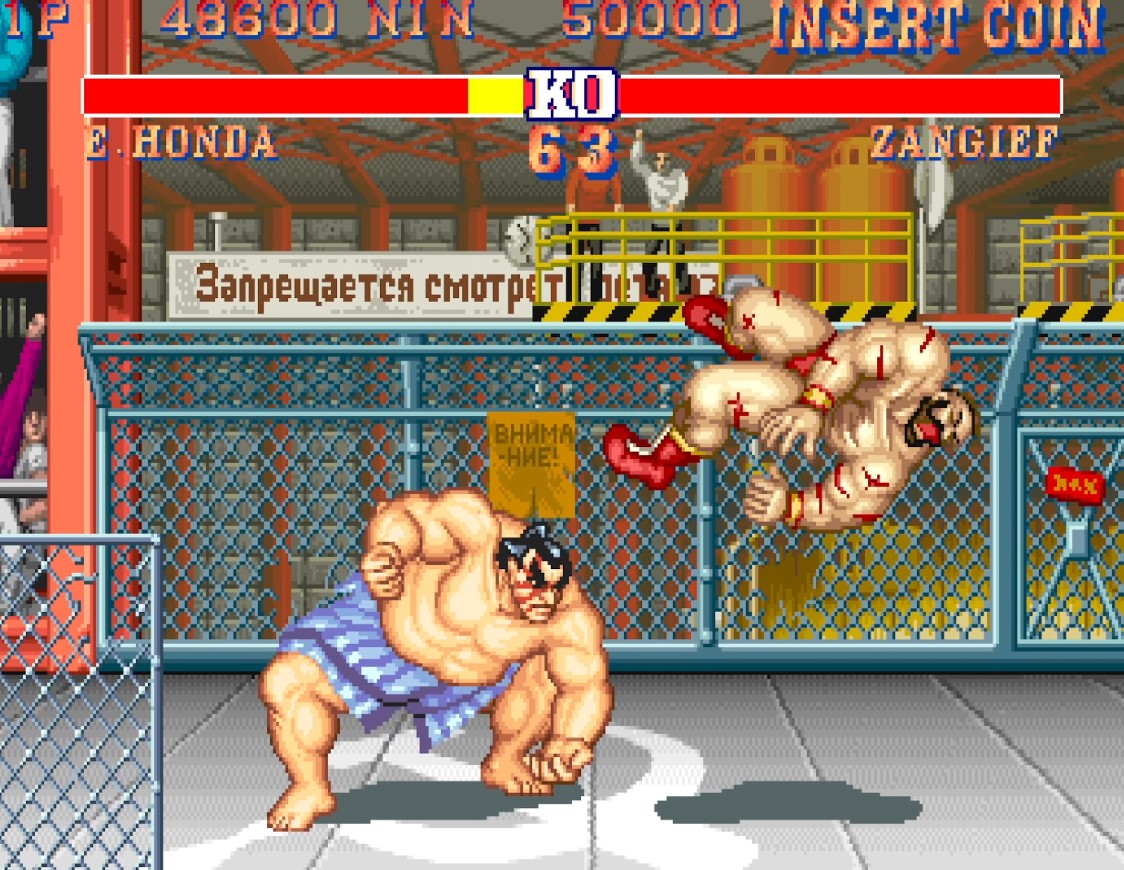
4. Galaga (Namco, 1981): Galaxian's Glorious Successor
Galaga, a sequel to Galaxian, was released by Namco and quickly gained popularity for its challenging patterns and bonus stages. The game’s innovative mechanics, including enemy formations and the capture-and-rescue feature, made it an arcade staple. Players were drawn to its balance of skill and strategy, as well as its rewarding gameplay loop that encouraged mastery.
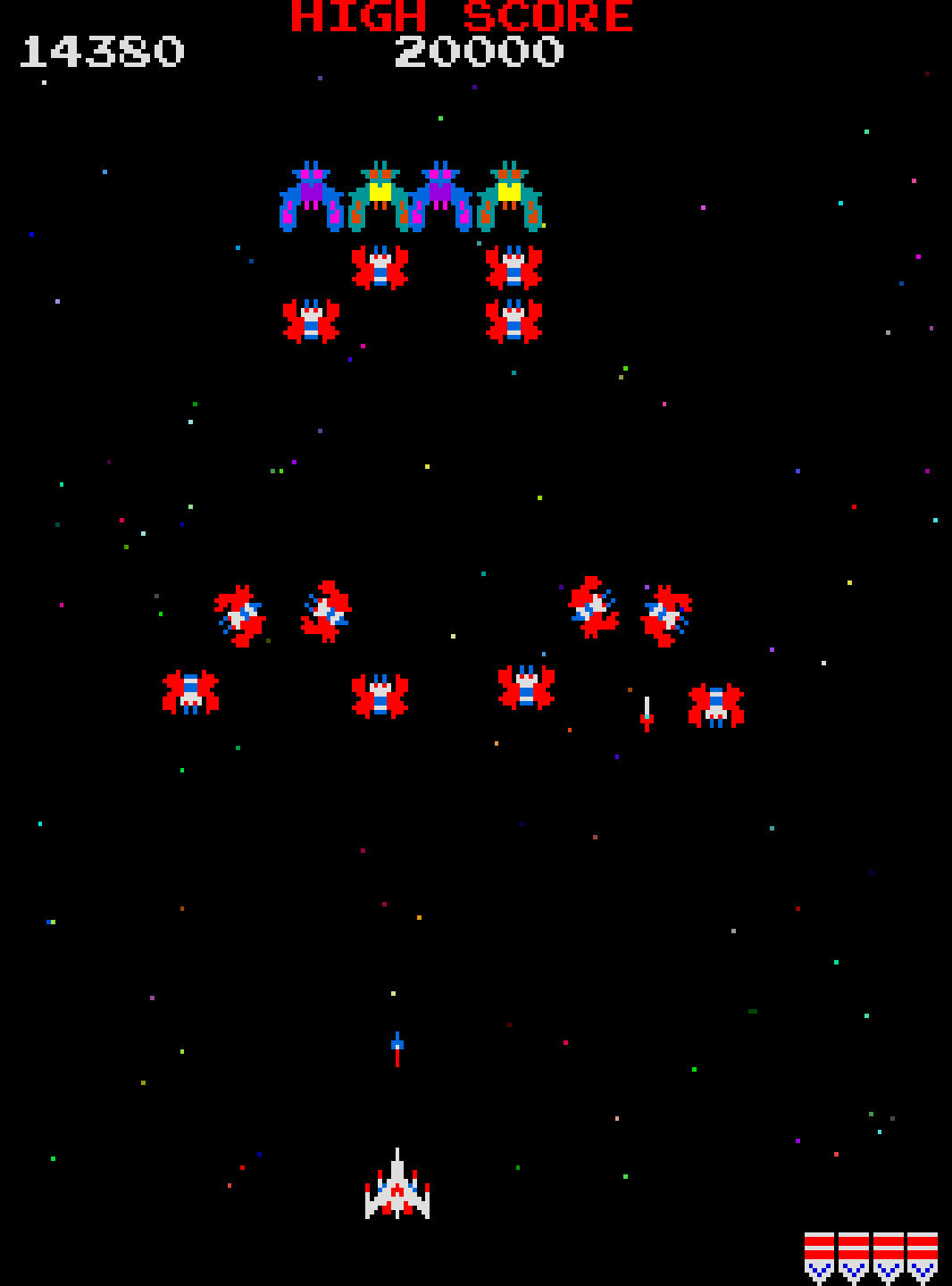
3. Space Invaders (Taito, 1978): Alien Invasion and Arcade Domination
Created by Taito, Space Invaders is one of the most influential arcade games ever made. Players defend Earth from waves of alien invaders, introducing the concept of high scores and sparking the arcade boom of the late 1970s. Its simple yet addictive gameplay, paired with the increasing speed of enemies, created an experience that defined the golden age of arcades and set the template for future shooters.

2. Donkey Kong (Nintendo, 1981): Mario's Monumental Debut
Donkey Kong, developed by Nintendo, introduced players to Mario (originally Jumpman) and featured platformer gameplay that set the stage for future titles. Its story-driven design and innovative mechanics made it one of the most iconic arcade games ever created. The game’s multiple levels and challenging obstacles established it as a pioneer in storytelling and gameplay progression, influencing countless platformers that followed.
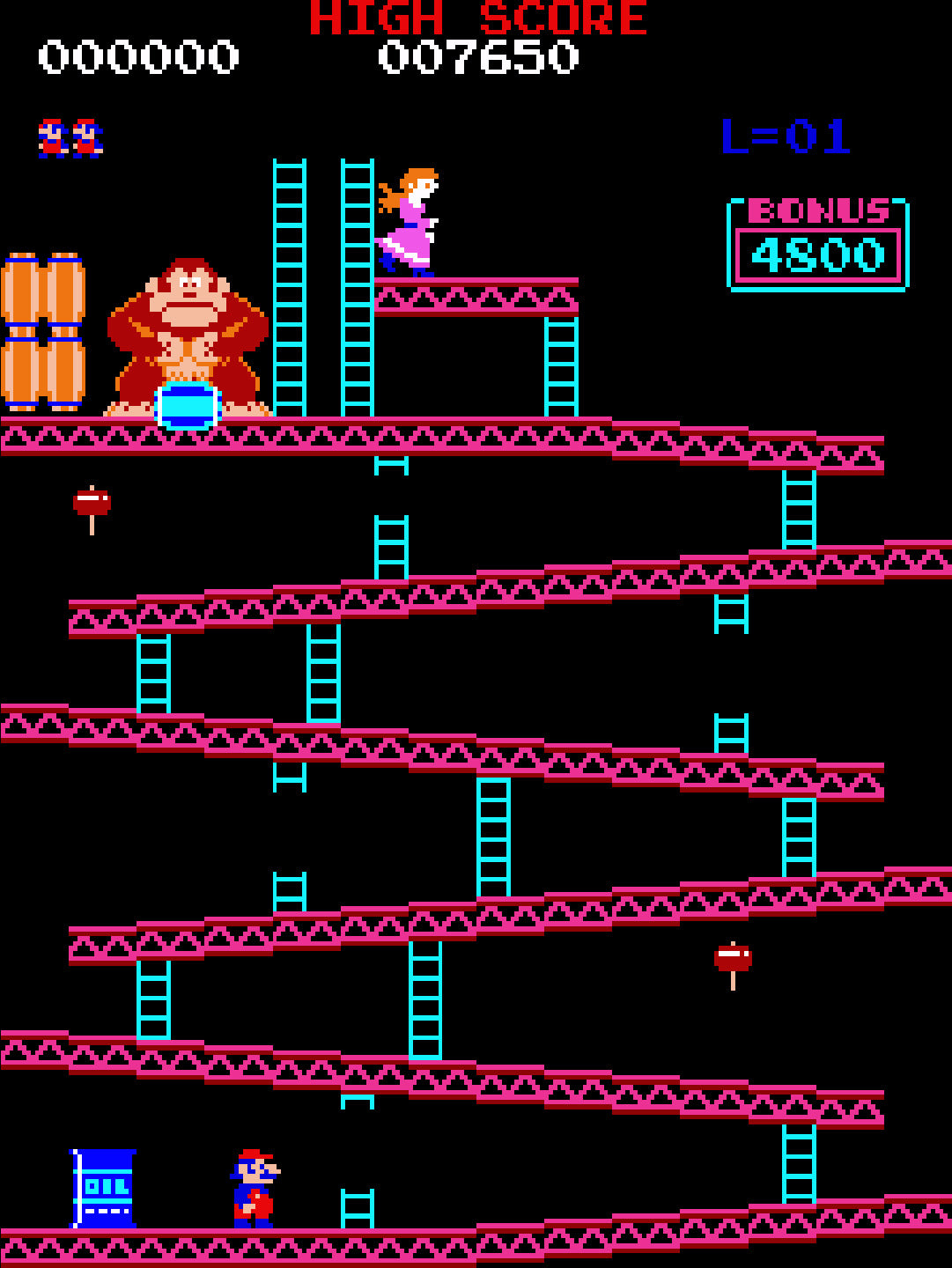
1. Pac-Man (Namco, 1980): A Maze-Chasing Marvel
Topping the list is Pac-Man, created by Namco. Known for its maze-based gameplay, memorable characters, and endless replayability, it became a global phenomenon. Pac-Man is recognized as one of the highest-grossing arcade games and a cultural icon, symbolizing the golden era of arcades. Its simple mechanics paired with increasing difficulty made it a timeless classic, while its widespread appeal extended beyond the arcade, leading to merchandise, spin-offs, and even an animated TV series.
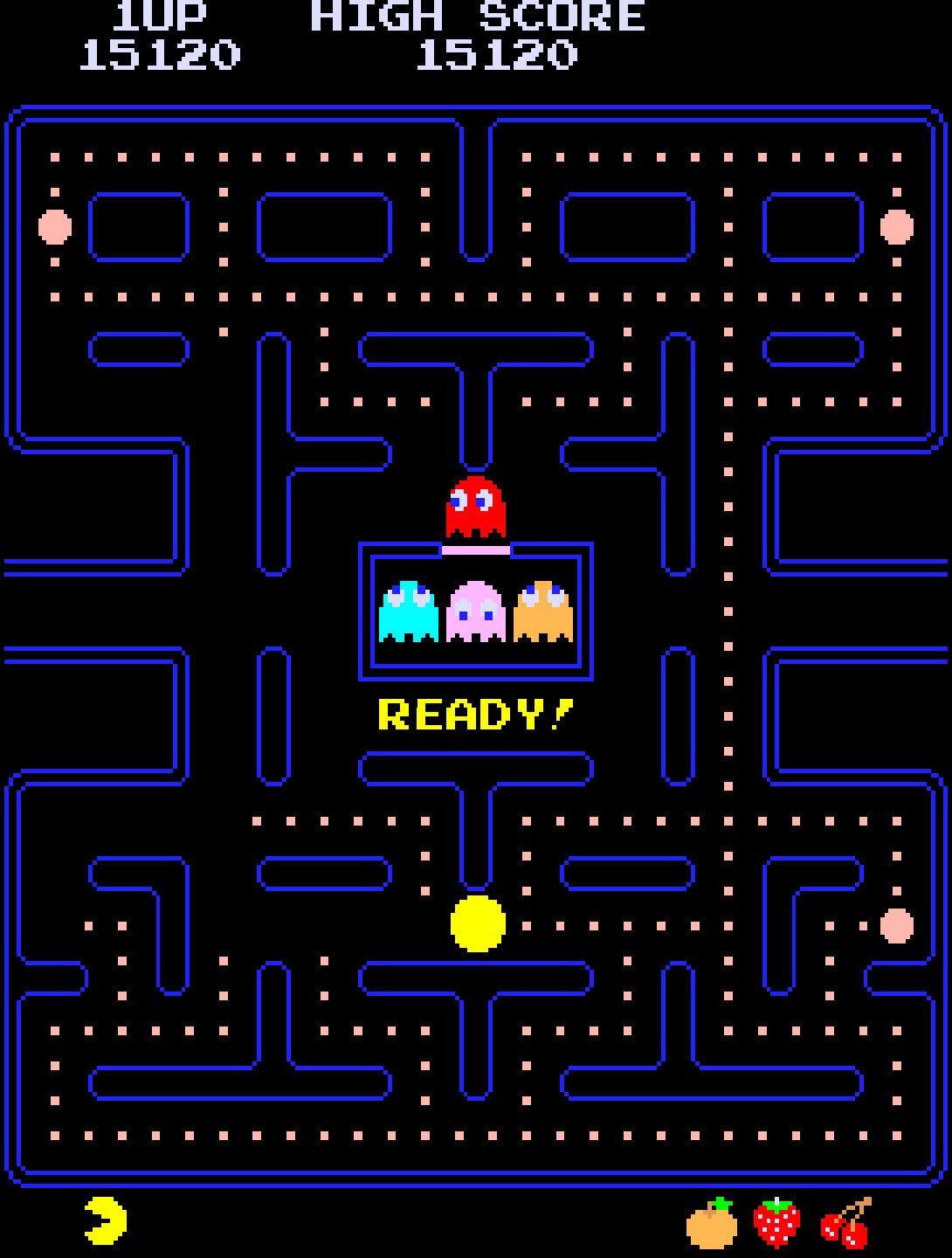
Conclusion
These Top 10 Arcade Games of All Time have left an undeniable mark on gaming history. Their innovative designs, engaging gameplay, and cultural impact continue to inspire modern games and players. Whether revisiting classics like Pac-Man or battling through Street Fighter II, these arcade legends remain timeless examples of why arcades will always hold a special place in gaming culture. Now it’s your turn—cast your vote and let us know your all-time favorite arcade game!🕹️
What's Your Favorite Classic Arcade Game?
Total Votes: 0
Current Results:
Want to Go Deeper Into Arcade History?
If this top list left you craving more, dive into the complete stories behind some of the most iconic arcade genres and franchises. These articles explore the rise, innovation, and legacy of the games that shaped arcade culture:
- Pac-Man: The Game That Ate the World – Discover how Pac-Man became a global pop culture icon and redefined arcade gaming forever.
- Pac-Man vs. Ms. Pac-Man: 5 Key Differences Every Gamer Should Know – Compare the gameplay, design, and legacy of these two legendary maze chasers.
- The Story Behind Ms. Pac-Man: From Unauthorized Mod to Arcade Classic – Learn how a hacked Pac-Man board evolved into one of the best-selling arcade games of all time.
- Donkey Kong’s Rise to Fame: How a Desperate Bet Created a Gaming Legend – The untold story of how Nintendo turned failure into a global icon, launching Mario, Miyamoto, and a new era of arcade storytelling
- Defender: The Game That Changed Everything – How a risky bet and a radical vision helped redefine arcade design forever.

